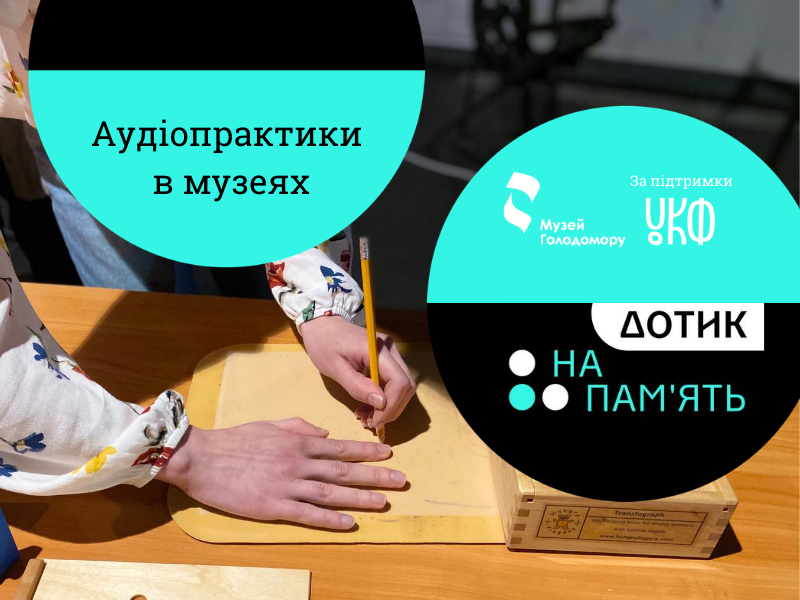Audial Practices in Museums
Audio description (or typhlocommentation) is the description of visual information for people with visual impairments. Audio description, along with typhlographics and tactile objects, is one of the universal sources of information about museum exhibits for visually impaired visitors.
The text of the audio description of one item (object, art work) should contain 1500–3000 characters (3–5 minutes of talking) and be composed according to the following plan:
- Name, type of object (photo, sculpture, utility, etc.).\
- Verbal description (size, structure, composition and color palette, if it is a work of art).
- Origin.
- Symbolism.
- Context, historical background.
- Other important information related to the object (myths, legends, interesting facts).
Given that we consider the sound description only in the context of its use in the exhibition, we can not completely avoid the emotional component.
For audio description, you can also use plain language (language adapted for understanding by all groups of people). To do this, follow these rules:
- Avoid specific terminology without explanation.
- Use short sentences and words.
- Name the colors, but don’t use too complicated names.
- Talk more about what you can see / feel directly in the exhibition, less often refer to specific experiences and metaphors.
Not only audio description, but also background music, sound effects, dialogues and oral testimonies of eyewitnesses can be used to complement and emotionally saturate the exhibition.
